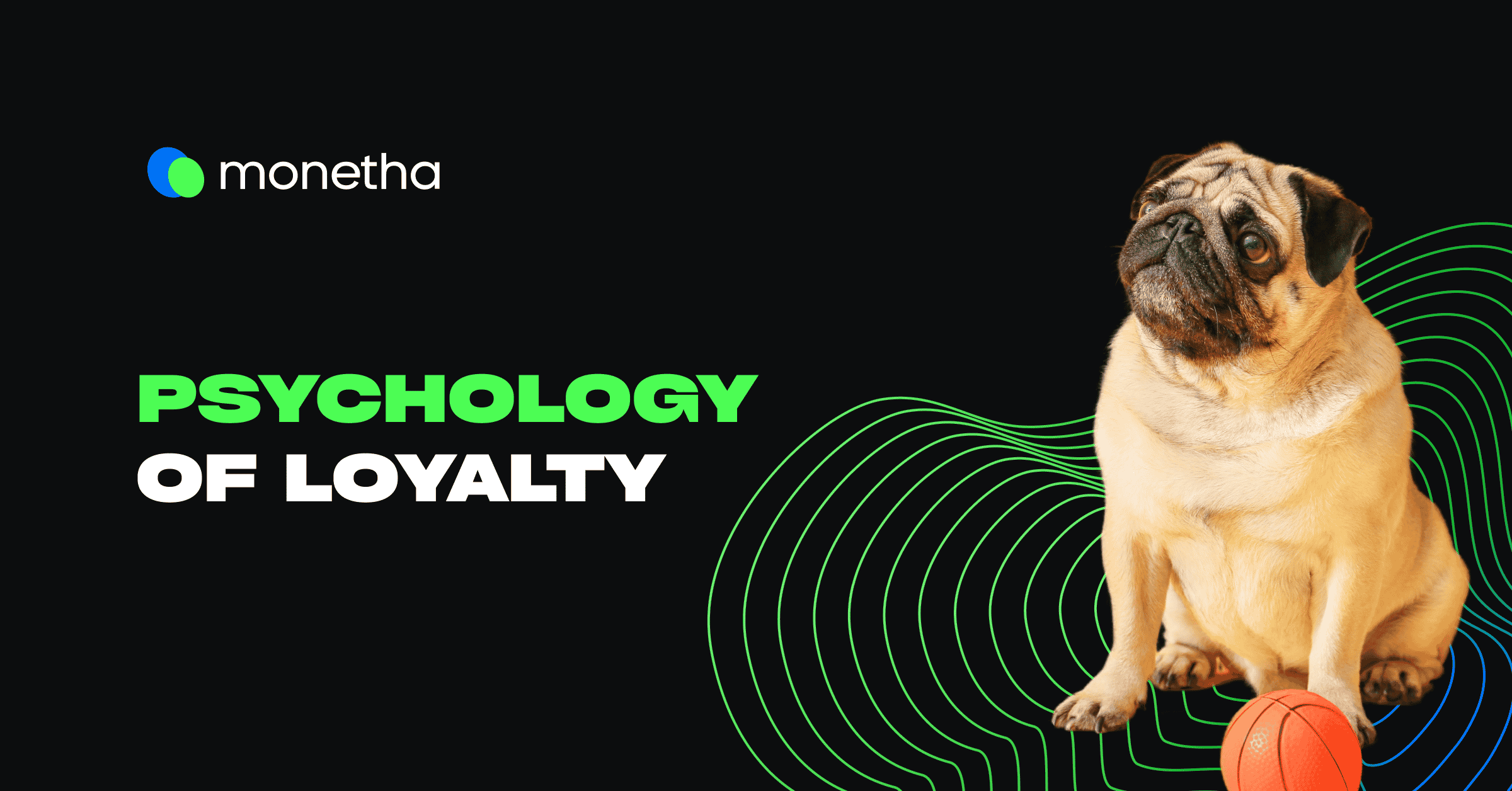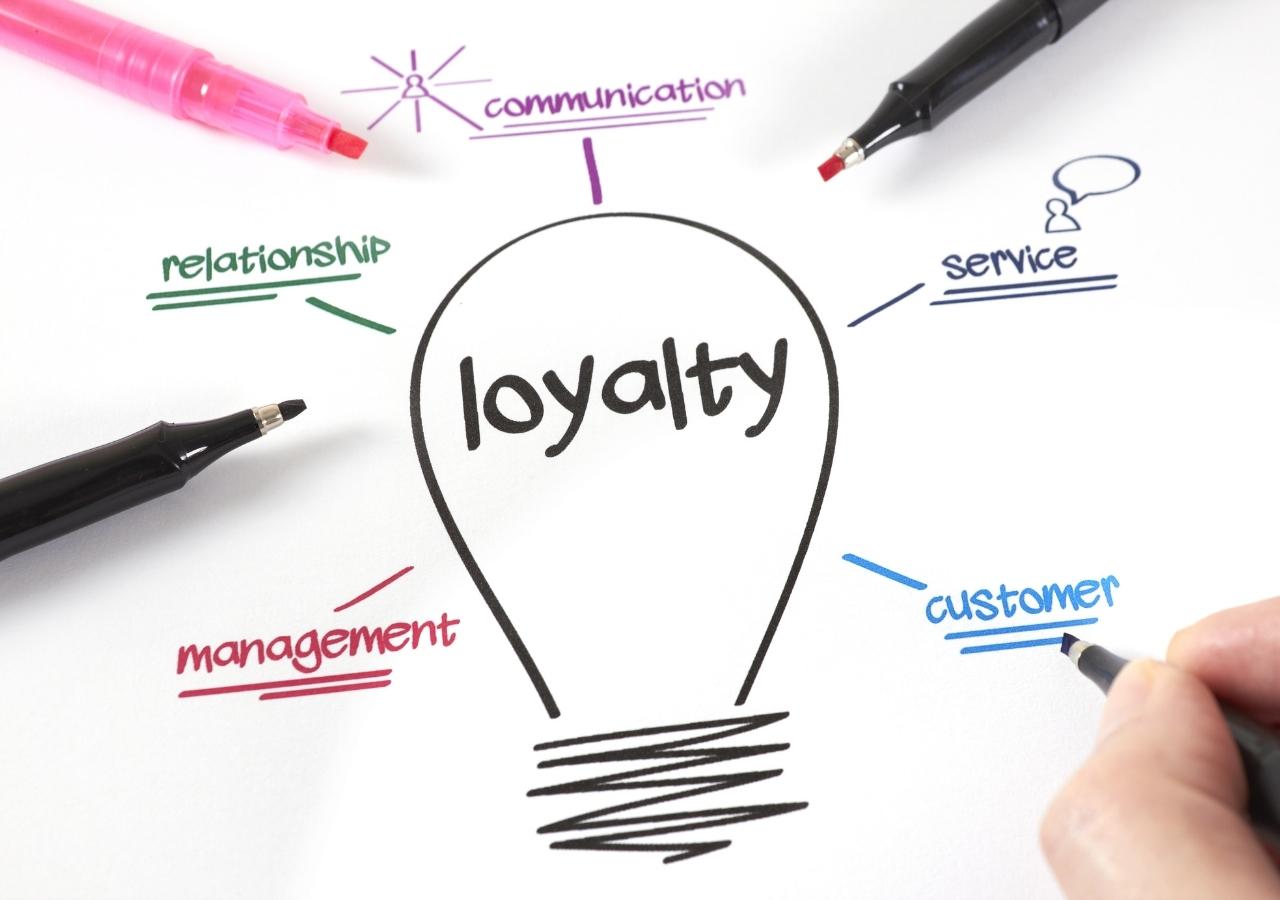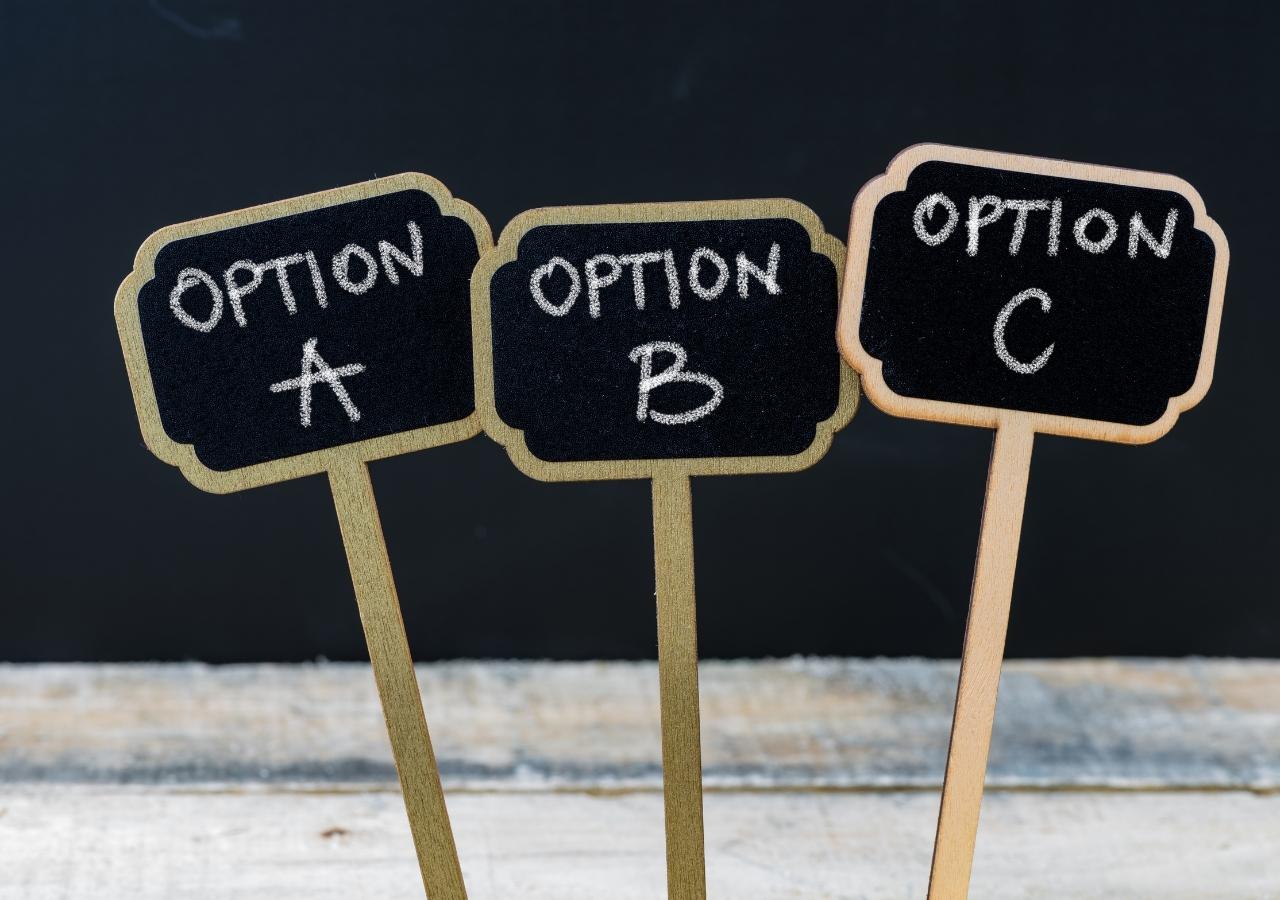Have you wondered why you keep buying lattes from your local cafeteria, even though Starbucks charges you $1.50 less than that? Is it because of the smile you receive from the merchants every time you order or the reward proposition of 1 free coffee every ten orders? Or because of the habit?
In this article, we will review one of the critical components for every successful company—regardless of size, location, and staff number—loyal customers.
What is a Loyalty Program?
A loyalty program, also known as a reward program, is an initiative by a brand to offer its customers special incentives based on their past purchases. These objectives can vary from brand to brand; one company might want to tempt people with discounts or by giving customers cash back, while another might reward people for completing repeat orders.
Regardless of the goal, all loyalty programs seek to keep customers interested in the brand by building and strengthening brand loyalty – and keeping them close. An interesting stat from SmallBizGenius indicates that 72% of adult US citizens are part of at least one loyalty program.
The great part is that there are various types of loyalty programs for your business to choose from.
Why Are Loyalty Programs Important?
Customer loyalty has become a cornerstone topic for businesses, and brands are constantly coming up with new rewards programs to attract more clients. But for both parties—brands and consumers, loyalty points are more than just numbers. And it means so much more! Let’s see some of the crucial benefits of incorporating points programs.
1. Improve the relationship between brands and clients
To emotionally engage customers and encourage them to come back, brands must provide more than just the possibility of a free bottle or free glasses—they must create an experience. Giving customers a chance to meet with other dedicated fans of a personality or brand, for example, can inspire a feeling of community and belong among new shoppers.
PS: If you want to know more about this topic, make sure you check out this article about relationship marketing and how you can use it to drive sales!
2. Attract new customers
A happy customer is a repeat customer. According to a study conducted by Nielsen, 83% of new customers will trust a personal recommendation from friends and family members. That’s a lot more than any other type of marketing. So, the importance of your loyal customers can not only bring you increased value from them—your efforts can actually bring you business from new customers!
3. Repeat customers have better ROI
A loyalty strategy in place is well worth it. If you put more effort into keeping your current clients happy, you will have up to a 300% revenue increase. That’s right—300%. According to RJMetrics, you can get three times the business volume. Of course, you need to get real; these numbers are optimistic.
4. Reduced marketing costs
As the digital economy grows and evolves, brands need to adapt their strategies accordingly lest they be left in the dust.
But why splash tons of money acquiring new customers (considering that marketing does not guarantee you a sale) when you can spend five times less to reward customers and keep them loyal to your business? That’s right, a new customer “costs” about 5X more than a current one.
5. Loyal customers are easier to upsell and cross-sell
Loyalty programs aren’t just a tool to increase customer retention; they also boost your business profit. Because upselling and cross-selling use AI to predict customer behavior, you can offer your clients better-suited offers that reward them for the bigger purchase.
Since your loyal consumers are aware of your brand, they can take advantage of a good deal and be happy. You will be astounded by the way how most people embrace deals!
6. Free marketing
Instead of spending 1000’s of dollars trying to figure out the market and swearing Facebook and Google about their ever-changing algorithms, you can sit comfortably and watch how word of mouth marketing can benefit your business passively.
7. Access to precious customer data
Brands can implement a loyalty program that collects critical data and leverages customer behavior with machine learning to improve the customer journey across the board.
Clients are more willing to share data with businesses they know which can be your key to success. You can personalize their experience, building an even more solid emotional foundation.
The Psychology Behind Loyalty Programs
Loyalty programs and all the tools that calculate progress and track results are based on real-world research made by leading psychologists. There are several pivotal principles when it comes to the psychology of loyalty.
First impression matters more than anything else
The first impression of your ecommerce store proceeds even the first purchase by your customer.
According to research, 94% of first impressions are design-related, so you should invest in looks just as much as giving your clients different freebies and discounts.
A good loyalty program lies on the foundation of an attractive proposal that is “dressed” well. The color theory plays a huge role—branded colors can give an additional boost to any loyalty program. That is especially true if you’re creating a loyalty card or any other material like that (on that note, we’ve created an article with some great loyalty card ideas that you might like)
Positive reinforcement for forming a habit
Positive reinforcement is a reward that gives a positive outcome after completing an action. Giving your customers a positive stimulus makes them more likely to respond to it. The greatest loyalty programs are fueled by positive reinforcement. Rewarding users for their loyalty and interaction with your brand encourages them to keep participating in that behavior.
While using this technique can make driving permanent, consistent behavior patterns easier, it’s essential to be thoughtful about approaching your rewards system. But if you do, purchasing from your store might become as light as buying goods from the local grocery store -a habit.
Applying the “Rule of The Boxes”
Typically, if users choose between two products, they pick the cheaper one. If Product A costs $50 but offers 2-3 key functions while Product B costs $100 but offers 10-15 key features, people will choose the cheaper option.
However, if we add something in between—Product C, which costs $80 but has 8-12 options, people will find it the best deal. That’s the rule of the boxes.
The goal gradient effect
The goal gradient theory proves that consumers are motivated to make more purchases when closer to achieving their goals. The goal gradient theory focuses on the relationship between effort and the level of motivation that goes into attaining specific goals.
The goal gradient effect is easily accessible. For example, many cafeterias offer a free coffee for every ten orders, making customers more prone to purchase to get the freebie.
The FOMO effect
FOMO (in short for “Fear of Missing Out”) is a very popular effect. Research shows that we’re more motivated to avoid losing something than earning it. This is called loss aversion, and recently it’s been applied to loyalty programs.
Loss aversion explains the difference between a one-time point-based survey and a rewards program; instead of earning points, customers are motivated when they see how many points they can lose.
In the sports betting industry, it’s a common strategy to offer customers to cash out. If they are betting on 5-6 events, they can cash out (while missing some of the potential profit) but keep some of their profits, or keep playing and lose everything, including their bets.
A sense of exclusivity
As humans, we’re naturally attracted to the feeling of gaining social status. High-tier rewards give shoppers an excellent reason to keep coming back and incentivize them to spend more.
People can easily find this exclusivity effect in real life. For example, the famous travel website Booking gives its users an additional discount if they reach a certain level (Genius 1, Genius 2, Genius). They have to book more holidays within a certain period to achieve it.
Increased commitment
Once customers have invested in your brand, they’re more likely to remain loyal than if they had only entered your store.
The “sunk cost fallacy” is a psychological phenomenon that occurs when individuals see investment as an increase in their own worth, so any withdrawal from that investment becomes a loss of personal value.
In other words, the more your customers engage with your ecommerce store, the more likely they are to keep purchasing from you.
PS: want to learn more about the topic? Then read our article about customer commitment here.
Summary
Loyalty programs are the backbone of almost any business, but businesses must constantly innovate to avoid becoming complacent and falling behind. Customer perception is crucial—marketers can customize everything from rewards to customer engagement techniques to appeal to audiences’ mindsets.
Rewards are the most direct way for customers to appreciate your brand—they give people something they want, so long as they continue buying your product or service.
And as you already saw, understanding and leveraging psychology will not only give you short-term results, but it will help your business succeed in the long run.
Did you like this article? Then make sure you don’t miss the one we’ve written about the best practices for loyalty programs. You’ll love it!
FAQ
What is Customer Retention?
Customer retention refers to activities and actions that businesses take to decrease customer defection rates. Its main goal is to help businesses retain as many customers as possible through various initiatives. Examples of such initiatives are loyalty programs or reward systems.
Why is Customer Retention Important for Businesses?
Customer retention is more cost-effective than acquisition of new customers. Existing customers are also more aware of your products and are more likely to spend more.
Moreover, loyal customers that stay with you for long can substitute your own marketing efforts and promote your products with word of mouth.








